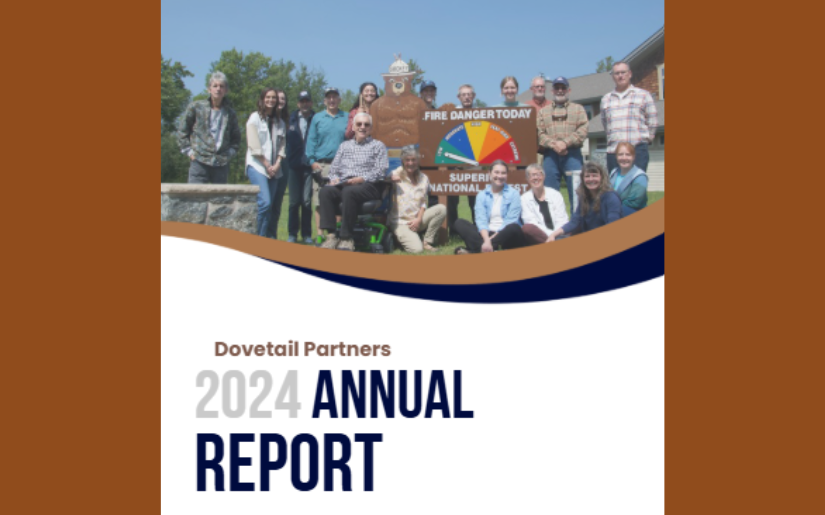Most analyses related to U.S. timberland and timber production focus on forest land that is producing, or is capable of producing, more than 20 cubic feet per acre per year of industrial wood crops under natural conditions, is not withdrawn from timber use, and is not associated with urban or rural development. It’s quite reasonable to focus our research and attention on these commercial forest lands due to their size and economic, social and environmental importance. However, there are other categories of forested areas in the U.S. that tend to “fall through the cracks,” and that are rarely researched or discussed regarding their potential to provide wood-based products. Urban forests of the United States are such an example.
It’s estimated that today there are nearly 4 billion urban trees in the U.S., with another 70 billion trees growing in metropolitan areas. As urban land in the U.S. expands, so do the urban forests. Urban land in the lower 48 states increased from 2.5% of total land area in 1990 to 3.1% in 2000, an area about the size of Vermont and New Hampshire combined. Researchers from the U.S. Forest Service project that urban land in the coterminous U.S. will nearly triple in size to over 8% by 2050, an area larger than the state of Montana (Nowak 2005).
Utilization of urban trees for wood and paper products is still in its infancy. However, the idea is drawing more attention from researchers, community officials, arborists, tree care firms, and wood-using industries including bio-energy producers.
Questions that often arise when discussing the potential for urban tree utilization include:
• How much wood is in our urban areas?
• What are the major constraints to utilizing this wood?
• Are there viable examples of urban tree utilization industries?
• Can bio-energy play a role in urban tree utilization?
This report addresses these questions and concerns.
- Lead AuthorBratkovich
- DateJanuary 2008
- CategoryEnvironmental, Forests, Management, Urban
- Project FileDownload

.png)
.png)



